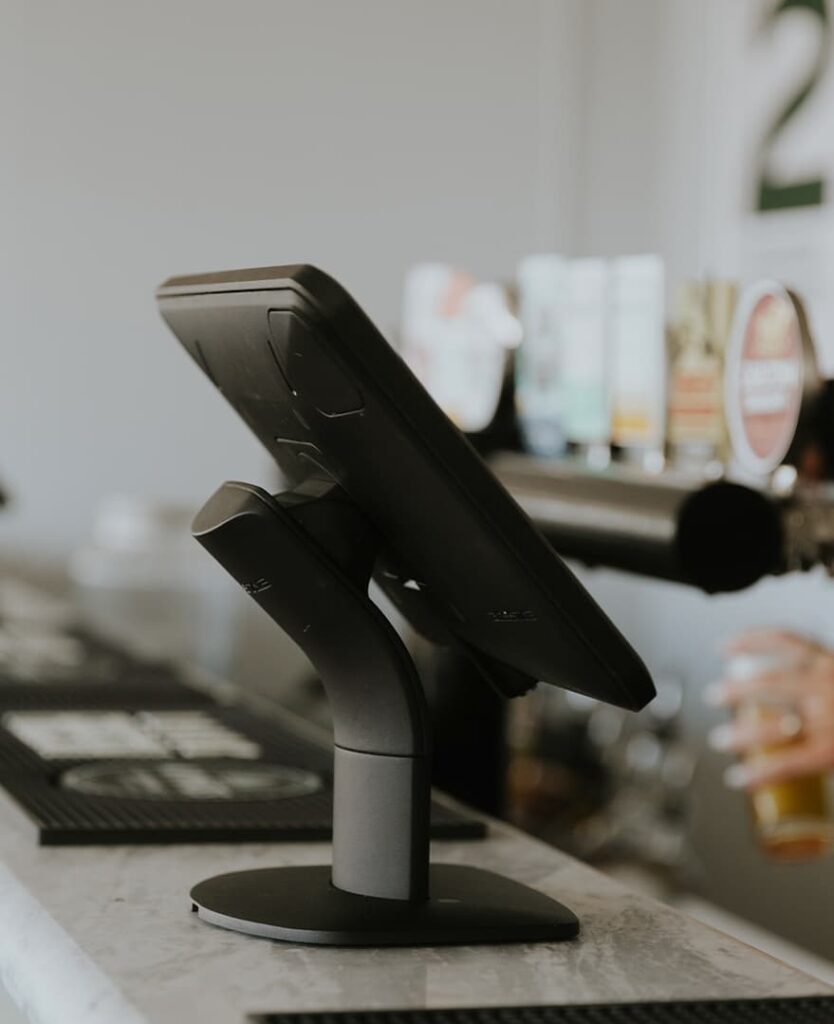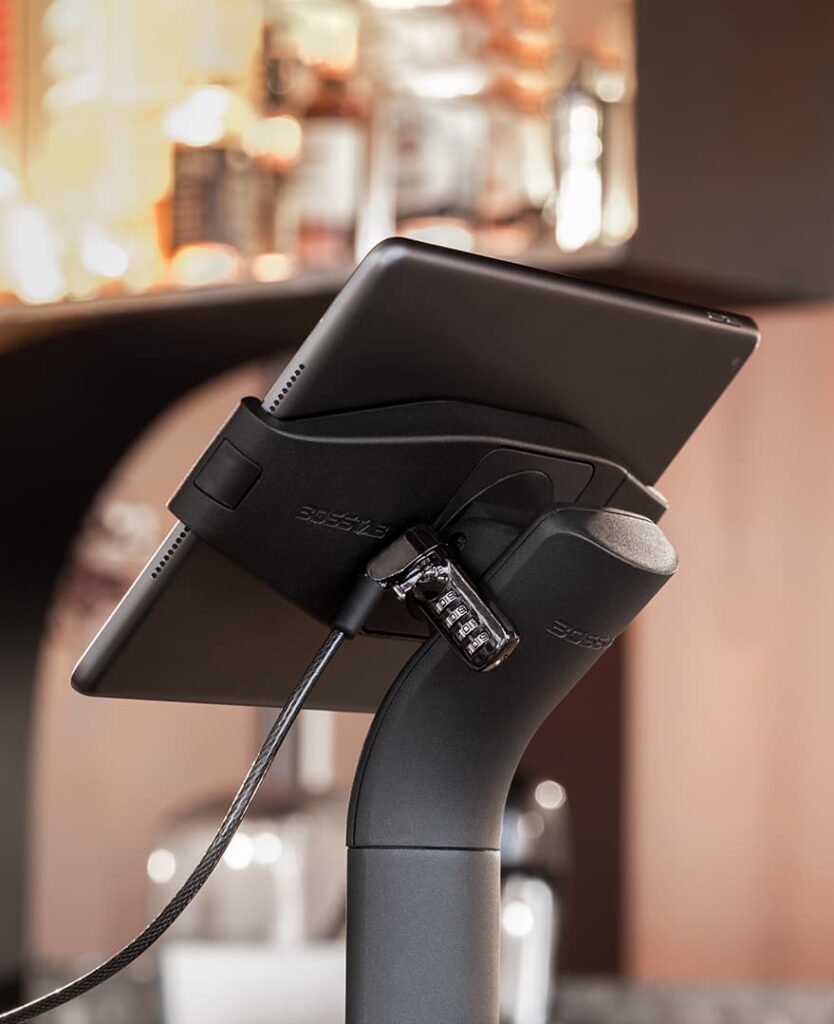Free shipping on all US orders over $100.
Support
Five ways to streamline meetings
So how can you streamline the meeting experience to ensure it sticks to schedule, stays on task and enhances rather than detracts from the productivity of the workplace?

Some scary meeting statistics
A recent study found there are 25 million meetings a day in the US, with middle managers spending 35 per cent of their time attending, while upper management loses half their work week to them.
Overall, meetings can take up 15 per cent of an organization’s time, costing $37 billion a year.
By and large, these meetings aren’t considered that productive either, with 67 per cent of executives noting they are a failure due to the time they take, and the fact meetings frequently get sidetracked.

The major problems with meetings
Meetings derail office productivity for a host of reasons. In some cases, they might be unnecessary from the outset, in others they simply go too long, some get sidetracked due to individual agendas, while others are interrupted.
So, here are five tips to streamline the meeting experience.
Is it necessary?
Sometimes a meeting is an absolute must, but in other cases the same results can be achieved by simple emails or task management software to keep everyone abreast of what’s going on.
Only set meetings when absolutely essential, consider carefully who needs to be there and be strict about exactly what needs to be covered.
A set length
All meetings should have a set start and finish time, with half an hour considered the optimum length for a meeting that accomplishes set tasks but doesn’t steal employee mojo.
Set a time, stick to it and be clear in advance when the meeting will start and when it will conclude. Work through the meeting agenda with time constraints in mind, and if all topics ae not covered, note it down and set it as the first priority for the next meeting.
A set schedule
Be clear on exactly what will be covered during a meeting and send any relevant materials to attendees in advance. Then stick to the schedule of what will be covered within that time.
The meeting chair will have the responsibility of ensuring any meeting doesn’t go off-topic and get hijacked by other conversations.

Avoid interruptions
A meeting is a meeting, not the time for phone interruptions, multitasking, or quick pop-ins from people asking questions.
Have attendees set their phones to silent and move through the necessary topics efficiently.
Meanwhile, you can help eliminate interruptions by implementing a tablet-based meeting room booking system outside the conference room, which indicates when a meeting is due to start and finish. This reduces those all too familiar pop-ins from people asking how much longer the conference room will be taken for.
Video conferencing
Video conferencing can be a valuable tool for employees who need to attend but are situated at another location. Video also tends to be more effective than audio as meeting attendees are less inclined to multitask (check their phones, or emails) when the remote guest can see them.

Key points and action items
After each meeting, action items and key points should be drawn up and distributed to attendees. This helps everyone stay on track regarding what was achieved and what needs to happen next.
The final point
Meetings are a mainstay of modern business life, but they needn’t be all-consuming events that waste time and productivity.
With a little planning, some strict structure, and the assistance of some tech, meetings can enhance rather than detract from the workplace, improving staff efficiency in the process.









